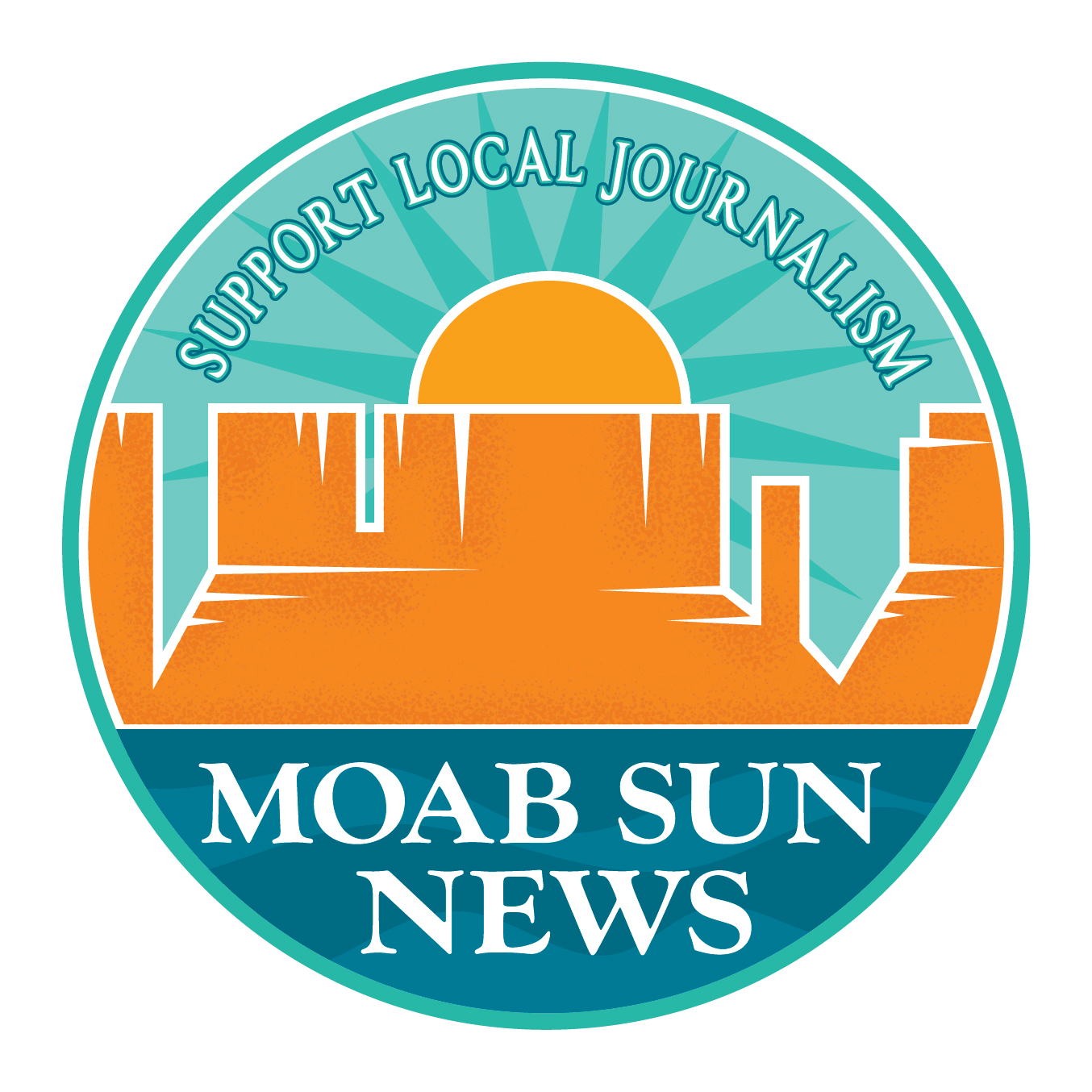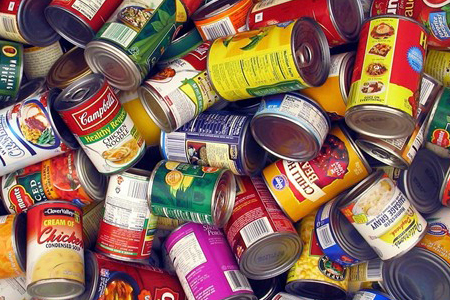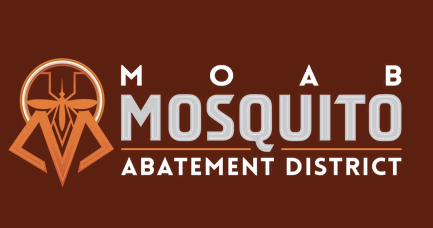Some information may be outdated.
Scientists have devised a new way of tracking the spread of COVID-19 in our communities: examining the sewers.
Researchers are sampling wastewater and testing for the coronavirus in areas around Utah, including Moab, and making some interesting discoveries about how traveling and tourism may impact how infections may be spread.
Your bathroom to a laboratory
Widespread community testing for COVID-19 has been emphasized by public health officials as crucial to quickly tracking spreading infections. However, getting individuals to be tested quickly enough to note the start of an outbreak has proven difficult.
“It’s very ominous to think that you have to test everybody in an area one by one,” said Jared Mendenhall, public information officer for the Utah Department of Environmental Quality, “but if you’re sampling the sewage, then you can get a really good picture of what’s happening in that community without going door to door and testing everybody.”
Wastewater testing may be a simpler way to quickly track how the disease is spreading through a population, thanks to a study run by scientists from Brigham Young University, the University of Utah, Utah State University, and the Division of Water Quality in the Utah Department of Environmental Quality.
The pilot study launched in April with the participation of wastewater treatment facilities that serve about 40% of Utah’s population.
Wastewater facilities would send samples of influent (untreated wastewater coming into the plant) to the scientists, who would analyze the samples for the SARS-CoV-2 virus.
Wastewater testing is a particularly promising tool for community-level virus mapping, as it accounts for asymptomatic and presymptomatic carriers. Conventional testing typically only targets people who already have symptoms or know they have been exposed. Even then, some people choose not to get tested.
“The idea really came out of work that’s happening in some of our eastern states and in Europe and Australia,” said Erica Gaddis, Director of the Utah Division of Water Quality, “but, I think we’re one of the first to try and scale this up to a more operative type phase.”
When the testing was analyzed, the system was shown to be accurate enough to mirror the confirmed case reports from conventional testing.
Although the sewage data doesn’t show exactly who is carrying the virus, experts say it could be a useful tool for early detection.
For example, from the beginning of the study to early May, the virus was not detected in samples from Hyrum City’s wastewater treatment plant. By May 20, the tests were showing low levels of the virus that exploded by May 27. Conventional test results didn’t show the increase in cases until around June 5, one week later. Later testing revealed a large outbreak at a meatpacking facility in the Cache Valley.
As viral transmission can grow exponentially, experts say that catching COVID-19 cases a week earlier can help curb large outbreaks.
In some cases, the wastewater tests were able to find evidence of the virus where community testing might not have caught it, particularly within tourist communities.
Moab’s sewage secrets, revealed
One key finding of the recent study was that tourist communities, including Moab, showed higher concentrations of the virus per capita than other places of similar density and size.
“If you look at our data, the concentrations in the Moab sewage are certainly higher than, for example, Price, which is the next closest area [in size],” said Gaddis.
Jennifer Weidhaas, a professor of civil and environmental engineering at the University of Utah and director of the pilot study, said she was shocked by how much viral genetic material they detected in Moab’s wastewater relative to the number of documented positive cases of coronavirus in the community.
“Certainly there weren’t a lot of COVID cases reported to the Department of Health,” said Weidhaas, who speculated that a possible cause of the increase could be due to infected travelers passing through and using Moab bathrooms.
“Or Moab may have a particularly healthy community and they have hopefully not suffered many ill effects from the virus,” she said.
The higher rate of viral evidence in the wastewater, however, is likely from tourists.
According to Moab Regional Hospital CEO Jen Sadoff, only about 2.5% of the 648 antibody tests done at the Moab Regional Hospital are positive, as compared to the wastewater data which reflects a much higher number of infections.
“That really highlights that [the virus] hasn’t been through Moab yet,” said Sadoff.
“One of our concerns is that we keep hearing people think that it’s already been through here and that they’re already protected,” she said. “I wouldn’t want people to look at the information from the study and say, ‘Oh, it’s already been through here. We’re good to go. We’re safe.’”
Sadoff is optimistic that the study can help alert small communities quickly to potential outbreaks.
“It could be very helpful in terms of helping us to predict the way things are trending so that we can activate our surge plans in a thoughtful way,” Sadoff said.
That sentiment was shared by Gaddis.
“I think what could be really helpful for small communities is to use this as a tool to track trends. That could be a really helpful tool for an area like Moab,” Gaddis said.
The Utah Department of Environmental Quality expects to expand the study to include more wastewater treatment facilities in the future. The data gathered will be handed over to the Utah Department of Health, who could use the data for both targeted action, like quickly allocating resources to a locale with spiking COVID-19 rates, as well as more broad policy decisions.
One other key finding was that there was no virus detected in the effluent (water leaving the treatment plant), so there is no risk of anybody getting sick from treated water reintroduced into waterways.
“I’m really trying to acknowledge the wastewater treatment facilities and the operators,” said Gaddis, “ I think they are the silent heroes of public health in our society.”
Those who show any symptoms of COVID-19 are encouraged to get tested at Moab Regional Hospital. The tests are covered by insurance and there is no charge for those without health insurance.
Tests for COVID-19 are now recommended for a those with one or more from the following list of symptoms: fever, chills, cough, shortness of breath, chest pressure, headache, gastrointestinal distress (vomiting or diarrhea), sore throat, muscle aches, loss of taste of smell, frequent sneezing, and/or allergy symptoms.
To talk to a nurse about symptoms and schedule a test, call the Moab Regional Hospital COVID-19 hotline at 435-719-3998.
Study tests municipal wastewater for COVID-19
Appreciate the coverage? Help keep local news alive.
Chip in to support the Moab Sun News.



